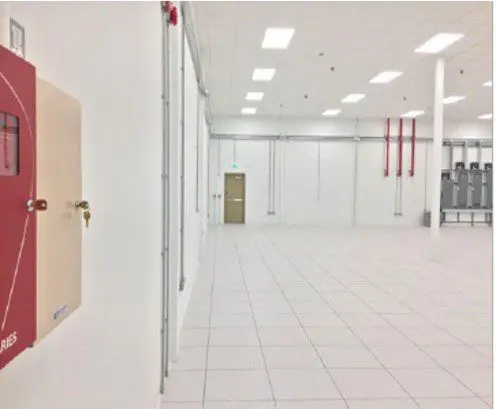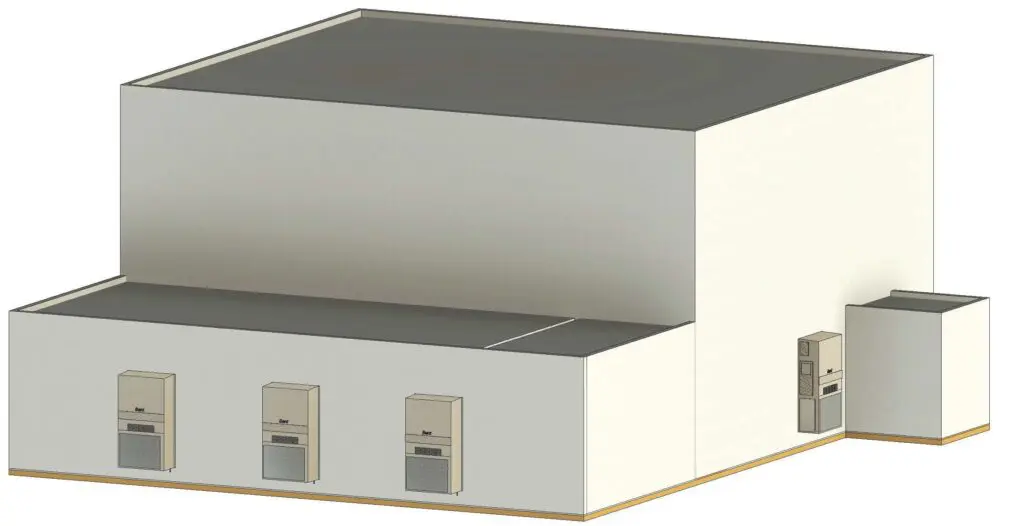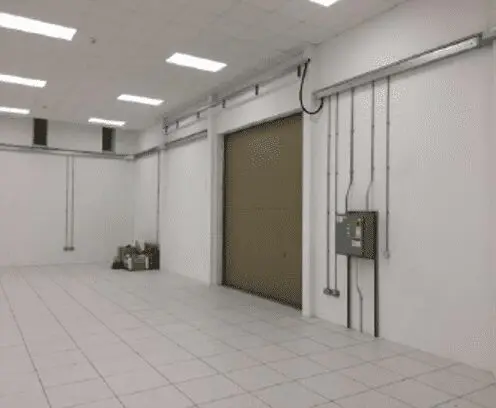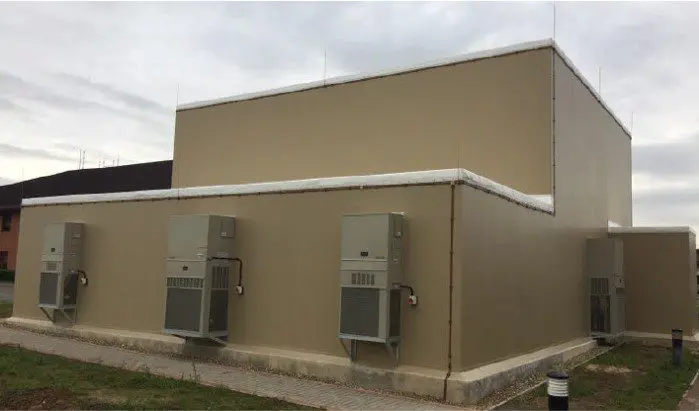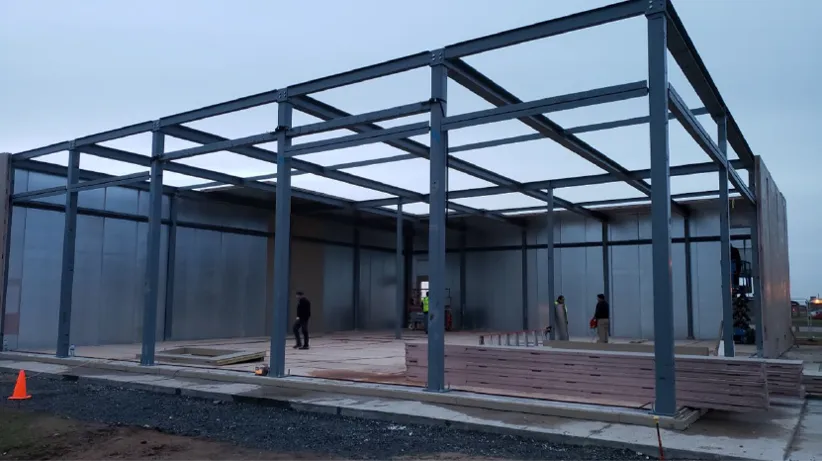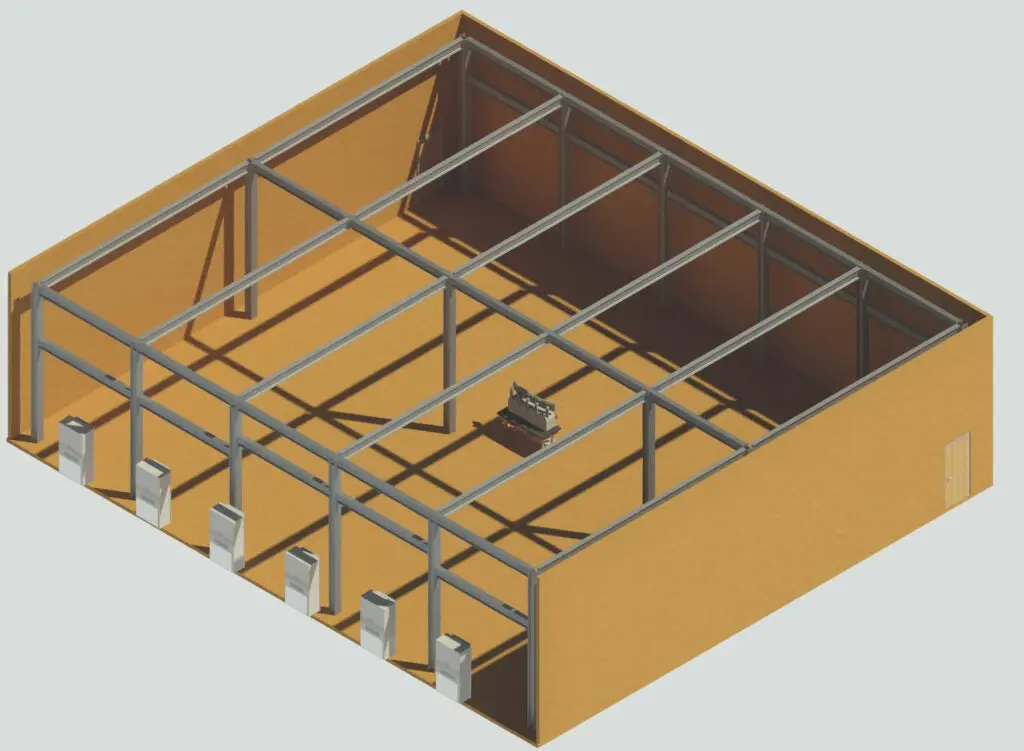Relocatable Simulator Shelters (RSS)
SSU’s Relocatable Simulator Shelters offer clients a rapid building solution supporting expeditionary, temporary, and relocatable building requirements. The Relocatable Simulator Shelters can be completed within a 120–365-day schedule and well under the MILCON funding cycle. SSU has delivered over 400 paneled, rigid-wall structures across four Continents. In most cases, the facility design and construction follow the classified requirements of a Sensitive Compartmented Information Facility (SCIF). Therefore, SSU has extensive past performance providing SCIF shelters for various simulators following ICD 705 requirements. In addition, SSU’s past performance includes compliance with local, national, and partner nation-building codes.
SSU designs/builds our modular SCIF structures to meet our clients' specific size and functionality requirements in nearly every case. Therefore, size is not a limitation, as most of our SCIFs have ranged in size from 24 square feet up to >130,000 cubic feet. Relocatable structures and buildings are built to accommodate simulator size and movement requirements. Our corporate experience and knowledge of small to large building requirements for military forces were born out of our time as military leaders, responsible for basing decisions on deployed locations and understanding government/end-user requirements at a deeper level.
SSU’s Relocatable Simulator Shelter Solutions
SSU’s technical solution for a Flight & Component Simulator Shelter/Structure is based on our SIP panel modular construction structure. The SIP panel modular structures consist of composite panels with cam lock-attaching hardware. The 5-inch-thick panels consist of Tanza PVC internal framing sided with Tanza PVC and 26-gauge steel skin filled (under compression) with high-density foam. Tanza material is an expanded polyvinyl chloride (PVC) foam product with the appearance and workability of wood but without the fire hazard of wood products; it features a small cell structure with a density and weight like wood. These unique physical properties make it a material of choice for this requirement. It has better resistance to moisture and the weather, resists rot and mildew, and does not cup, split, warp, or delaminate. Tanza trim is impervious to insect infestations, including termites and carpenter ants.
